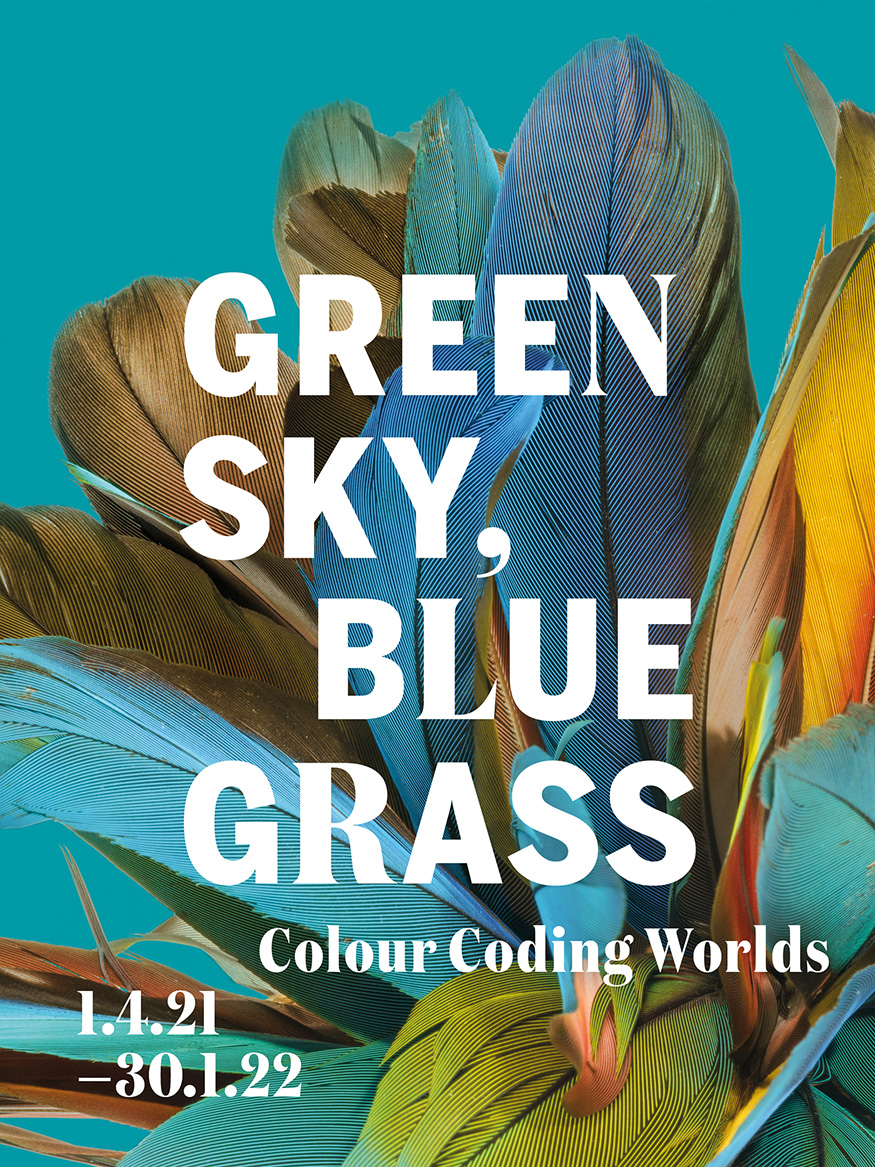NEW PURCHASES
25.02.2021
Collecting is about relationships as much as it is about the works.
Collecting is often assumed to be a self-evident core activity of museums. But what does this involve, what are the associated elements and processes, and what are the requisite preconditions for it being able to happen? All these aspects frequently remain hidden from view behind the scenes.
Purchasing is not just about selecting, ordering and paying for objects. In fact, expanding a collection involves a wide range of tasks: developing a project in terms of its contents, making contact with people, organising the commission, transferring money and transporting goods, all of which necessitate detailed knowledge of the region, the appropriate linguistic skills, ethnological expertise and so much more. If purchases are to be a meaningful part of a museum’s concept, the curators of the various collections have to do the collecting themselves. This is an intrinsic part of an ethnologist’s role.
However, being the collector requires a dedicated acquisitions budget, which is something that municipal museums in Frankfurt have no longer had at their disposal in recent decades. That situation has now changed. Thanks to the funding negotiated by Frankfurt’s department of culture specifically to enable purchases by museums, in recent months we have been able to make three acquisitions in connection with our own research interests. All three purchases have one thing in common: their creation was commissioned by the museum.
Specifically commissioning Indigenous artisans to produce works means that these craftspeople or artists personally benefit from their work and can convey their own perspectives – which is critical in the debate on reappraising the colonial past. This means that as a museum we can use our own collecting to make a clear statement: that we do not want to represent a history written by Europeans, but are rather seeking to place the contemporary experience of our contemporary partners at the heart of our work.
Each purchase came about as the result of longstanding contacts, following a close examination of the various collections and research undertaken by the curators. The acquisitions are thus much more than mere additions to the collections – they are also communication, and initiating a dialogue and partnerships. This is about relationships as much as it is about the works.
Selected purchases can already be seen from April onwards in the new exhibition “Green Sky, Blue Grass. Colour Coding Worlds”.
Learn more about the exhibition here:
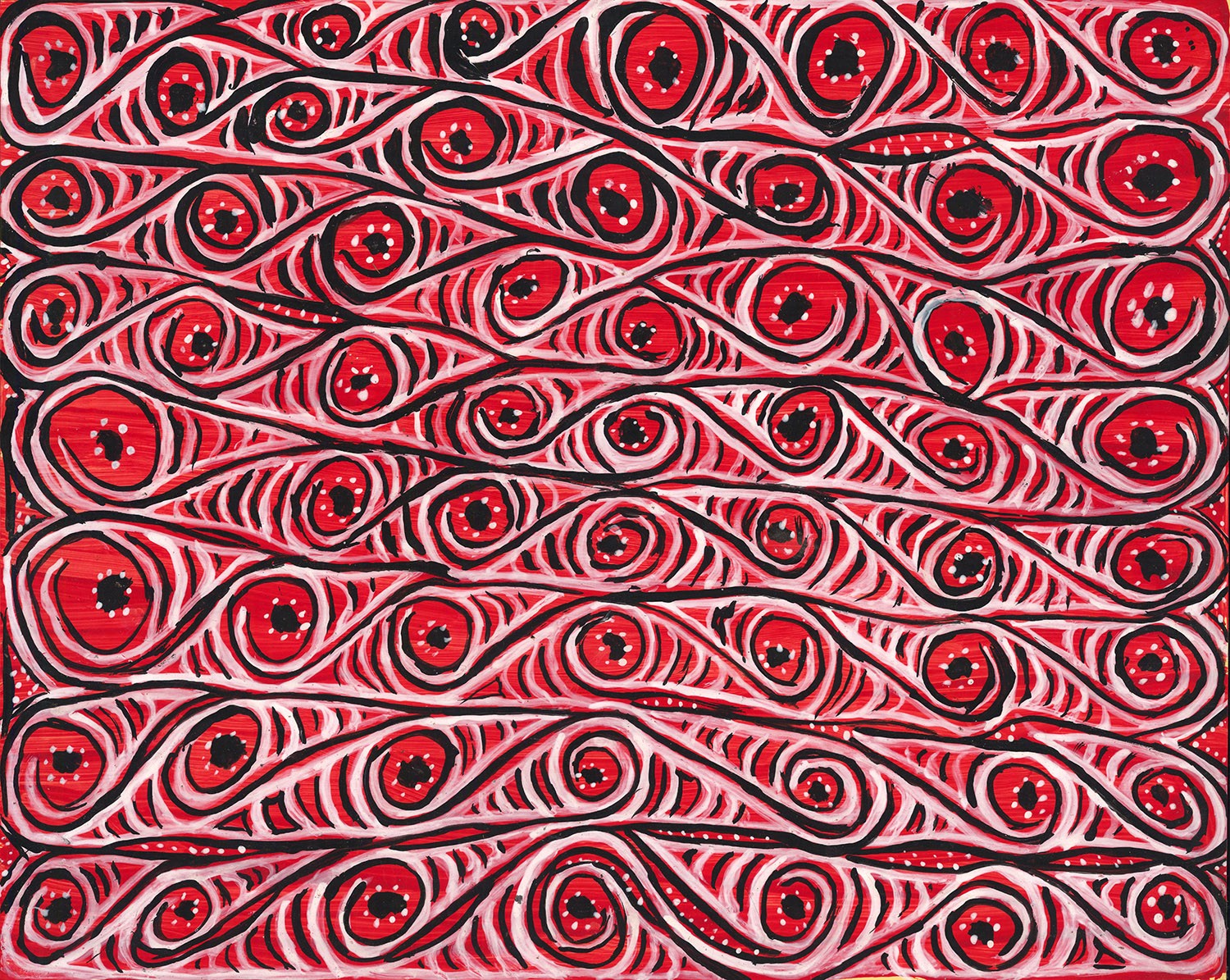 “Avim paintings”, Papua New Guinea Acquisition project coordinated by the Oceania curator Matthias Claudius Hofmann: 18 paintings on paper with the corresponding ethnological documentation. Avim village, Papua New Guinea (Arafundi River, in the southern tributaries region of the Sepik). Collected and documented by Tomi Bartole, 2019. Collection of the Weltkulturen Museum. Photo: Wolfgang Günzel
“Avim paintings”, Papua New Guinea Acquisition project coordinated by the Oceania curator Matthias Claudius Hofmann: 18 paintings on paper with the corresponding ethnological documentation. Avim village, Papua New Guinea (Arafundi River, in the southern tributaries region of the Sepik). Collected and documented by Tomi Bartole, 2019. Collection of the Weltkulturen Museum. Photo: Wolfgang Günzel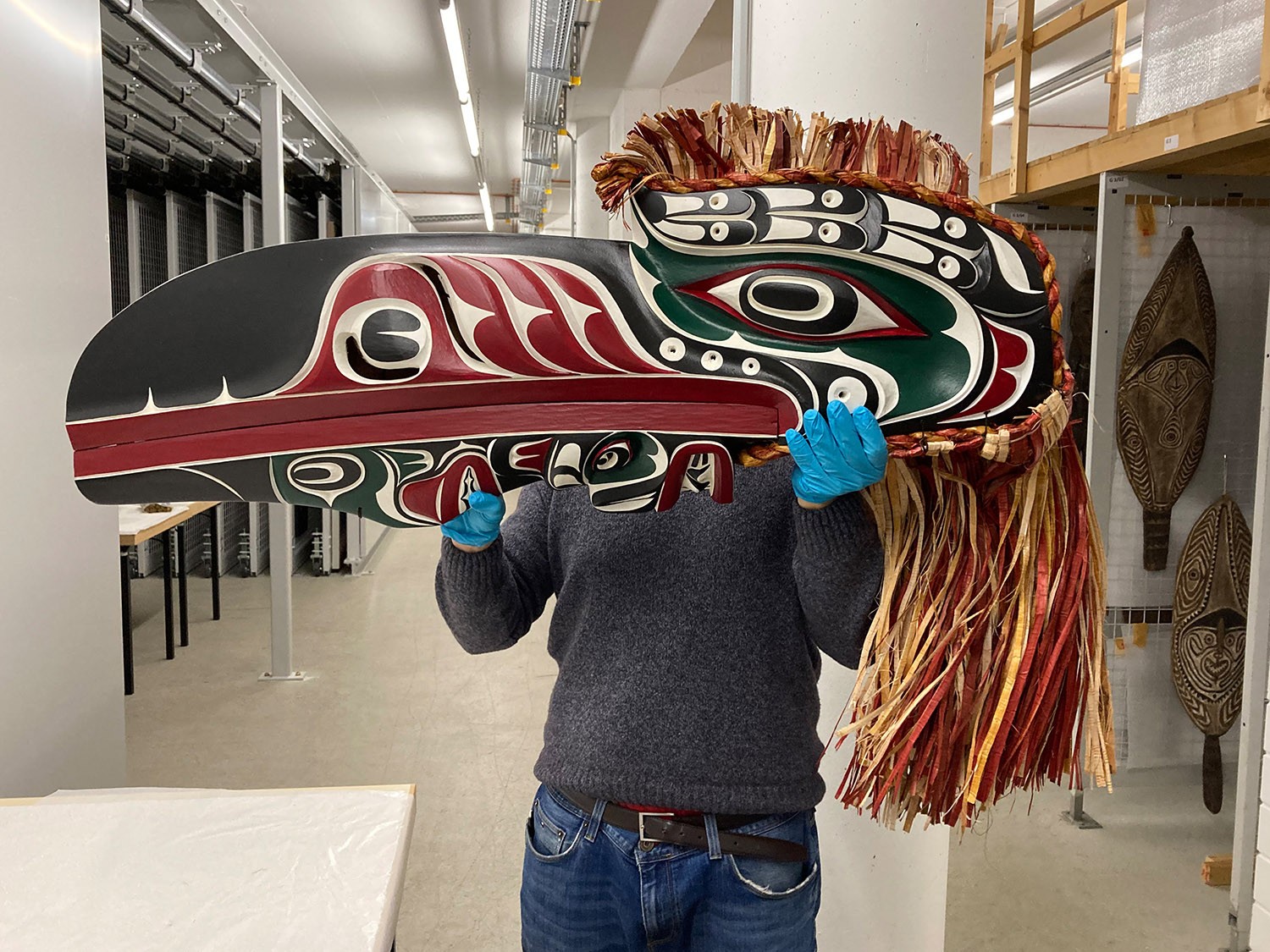 Cedar wood dance mask for the highest-ranking dance, the Hamatsa, raven, made by Tom Hunt, Kwakwaka’wakw Nation, Canada. Acquisition project coordinated by Mona Suhrbier as part of the Frankfurt Book Fair in cooperation with the host country Canada. Cedar wood, cedar bark, 115 x 40 x 25 cm. Photo: Weltkulturen Museum
Cedar wood dance mask for the highest-ranking dance, the Hamatsa, raven, made by Tom Hunt, Kwakwaka’wakw Nation, Canada. Acquisition project coordinated by Mona Suhrbier as part of the Frankfurt Book Fair in cooperation with the host country Canada. Cedar wood, cedar bark, 115 x 40 x 25 cm. Photo: Weltkulturen Museum 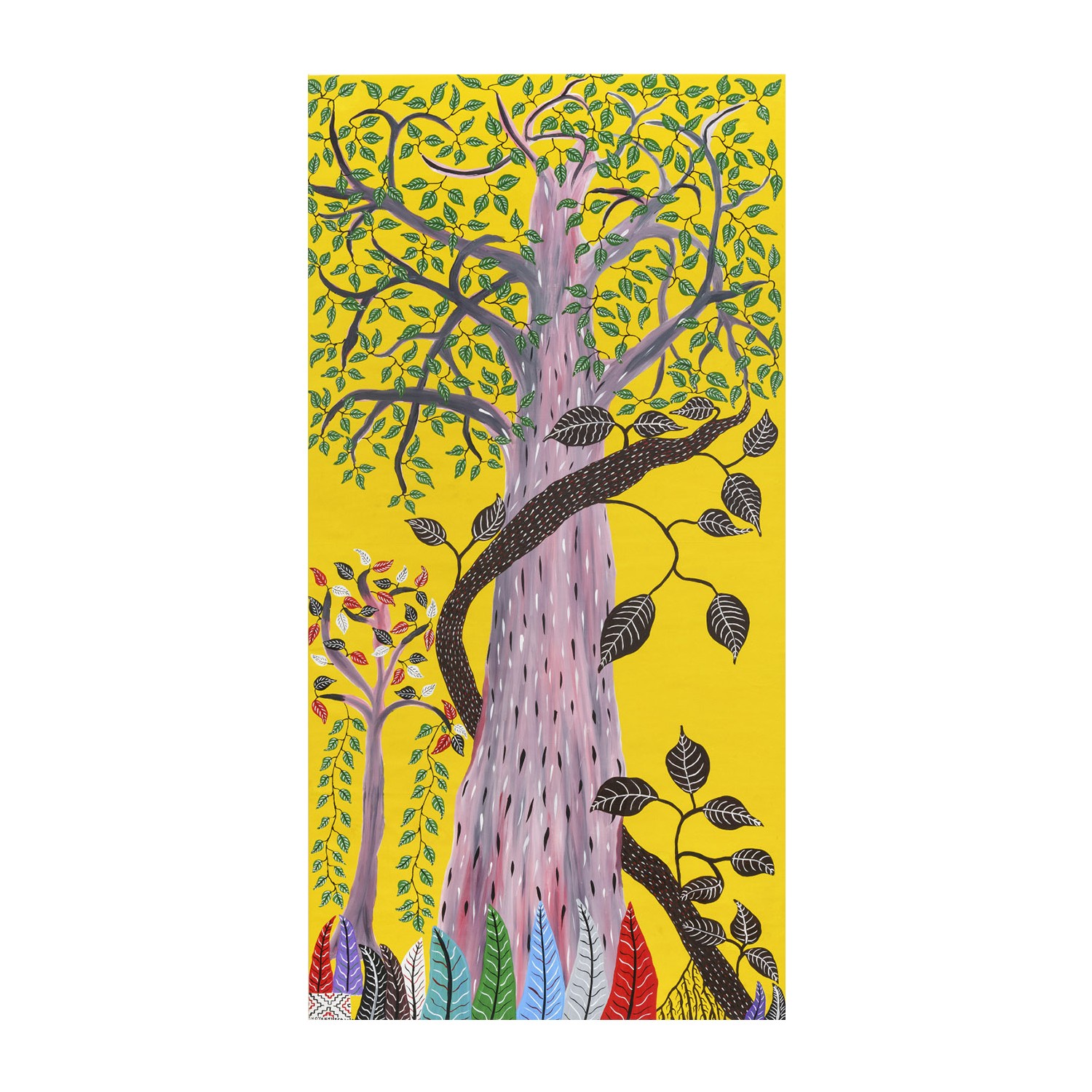 “Trees of the Rainforest” by Roldán Pinedo, Shipibo, Peru “Cashimbo”. Acquisition project coordinated by Americas curator Mona Suhrbier: Commission and purchase of four large acrylic paintings, the “Trees of the Rainforest”, 2020. Acrylic on paper, each c. 2.90 x 1.50 m. Photo: Wolfgang Günzel
“Trees of the Rainforest” by Roldán Pinedo, Shipibo, Peru “Cashimbo”. Acquisition project coordinated by Americas curator Mona Suhrbier: Commission and purchase of four large acrylic paintings, the “Trees of the Rainforest”, 2020. Acrylic on paper, each c. 2.90 x 1.50 m. Photo: Wolfgang Günzel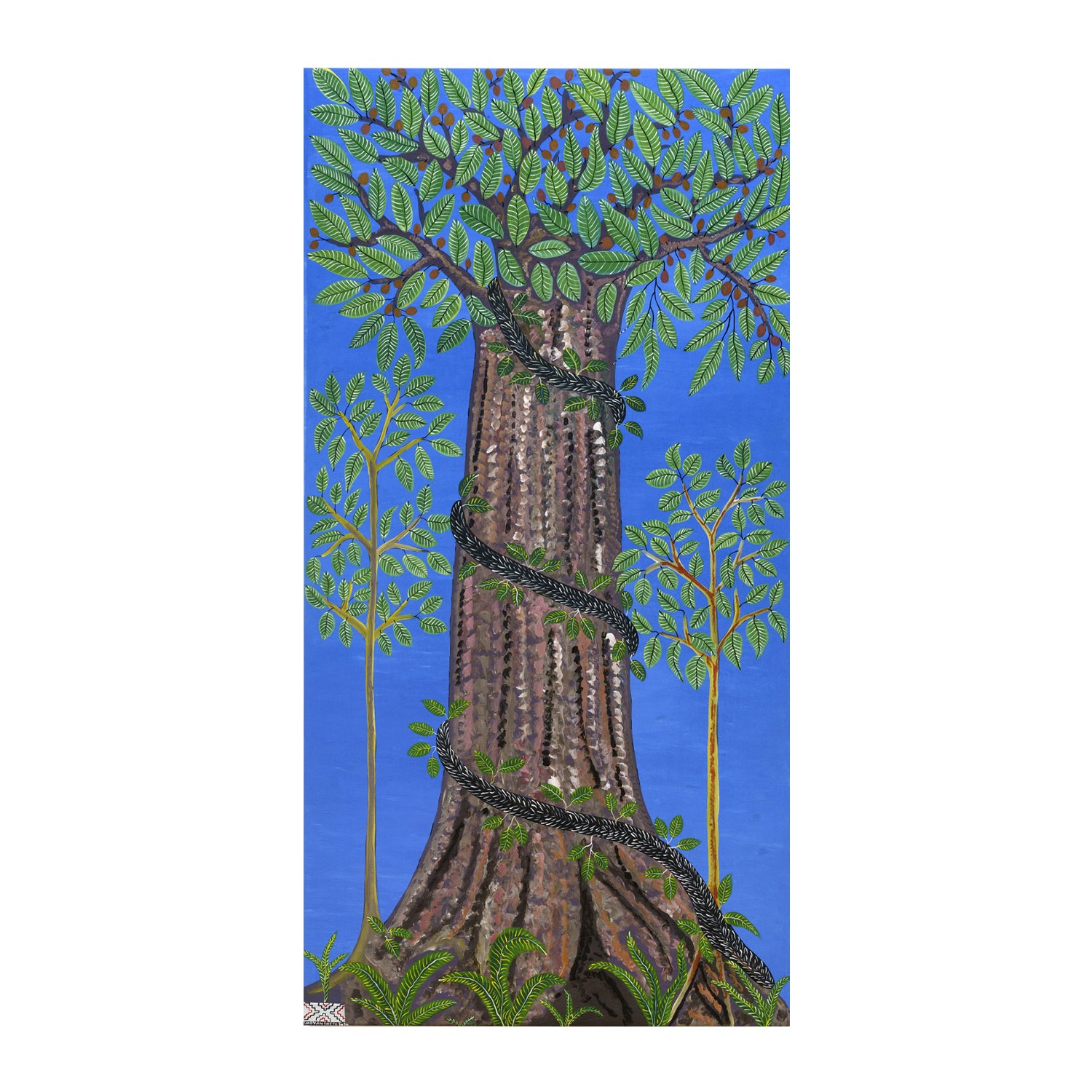 “Trees” by Roldán Pinedo, Shipibo, Peru “Cashimbo”. Acquisition project coordinated by Americas curator Mona Suhrbier: Commission and purchase of four large acrylic paintings, the “Trees”, 2020. Acrylic on canvas, each c. 2.90 x 1.50 m. Photo: Wolfgang Günzel
“Trees” by Roldán Pinedo, Shipibo, Peru “Cashimbo”. Acquisition project coordinated by Americas curator Mona Suhrbier: Commission and purchase of four large acrylic paintings, the “Trees”, 2020. Acrylic on canvas, each c. 2.90 x 1.50 m. Photo: Wolfgang Günzel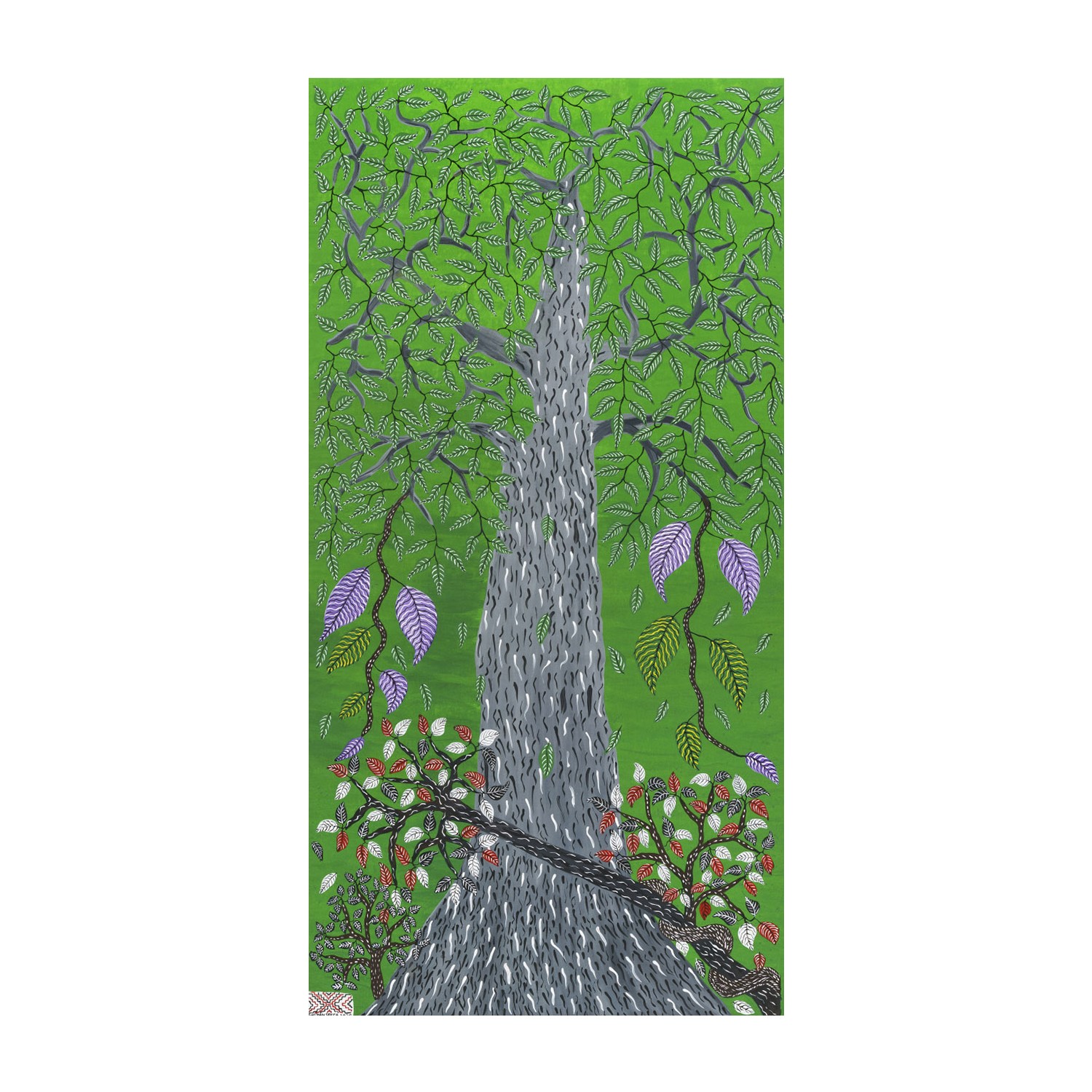 “Trees” by Roldán Pinedo, Shipibo, Peru “Cashimbo”. Acquisition project coordinated by Americas curator Mona Suhrbier: Commission and purchase of four large acrylic paintings, the “Trees”, 2020. Acrylic on canvas, each c. 2.90 x 1.50 m. Photo: Wolfgang Günzel
“Trees” by Roldán Pinedo, Shipibo, Peru “Cashimbo”. Acquisition project coordinated by Americas curator Mona Suhrbier: Commission and purchase of four large acrylic paintings, the “Trees”, 2020. Acrylic on canvas, each c. 2.90 x 1.50 m. Photo: Wolfgang Günzel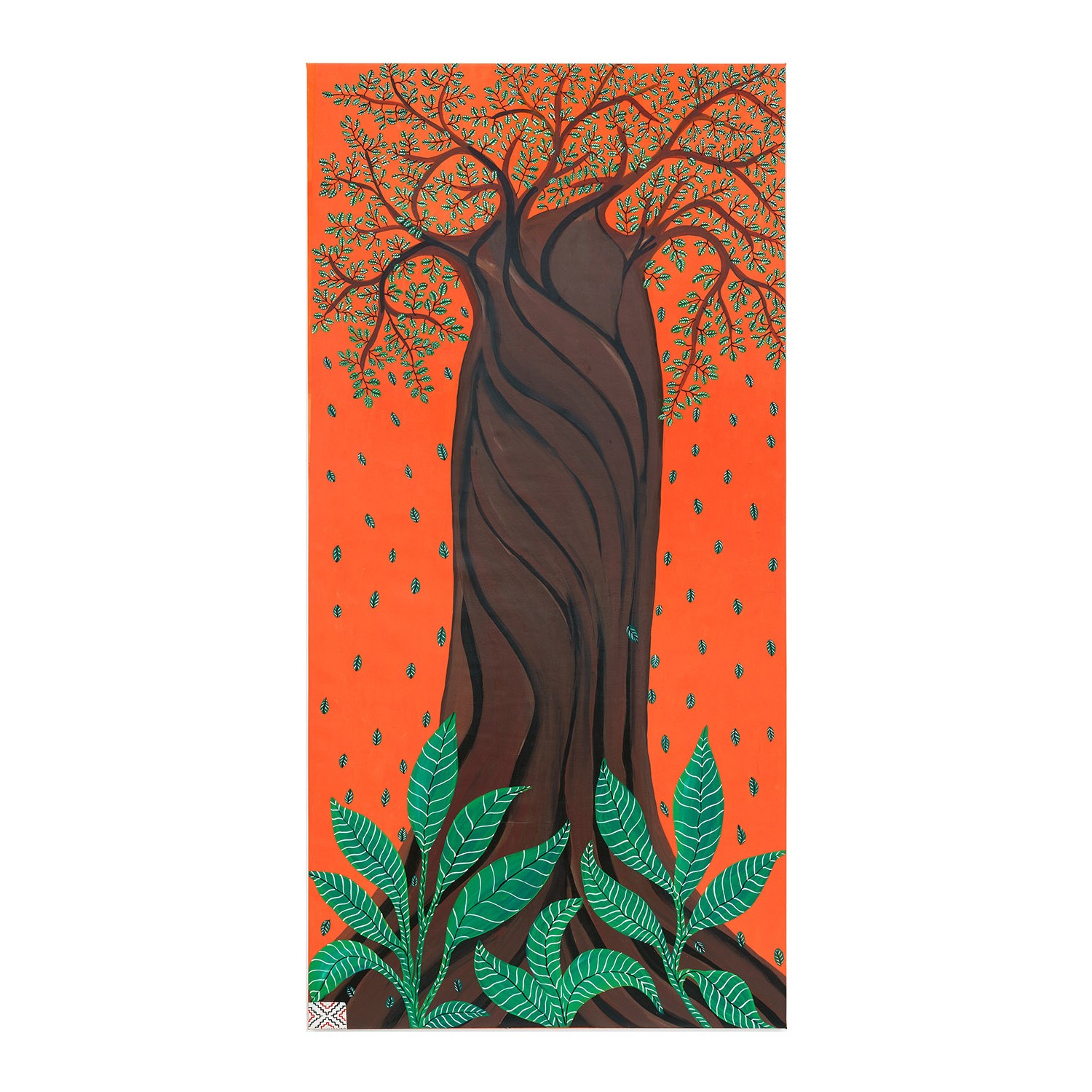 “Trees” by Roldán Pinedo, Shipibo, Peru “Cashimbo”. Acquisition project coordinated by Americas curator Mona Suhrbier: Commission and purchase of four large acrylic paintings, the “Trees”, 2020. Acrylic on canvas, each c. 2.90 x 1.50 m. Photo: Wolfgang Günzel
“Trees” by Roldán Pinedo, Shipibo, Peru “Cashimbo”. Acquisition project coordinated by Americas curator Mona Suhrbier: Commission and purchase of four large acrylic paintings, the “Trees”, 2020. Acrylic on canvas, each c. 2.90 x 1.50 m. Photo: Wolfgang Günzel

